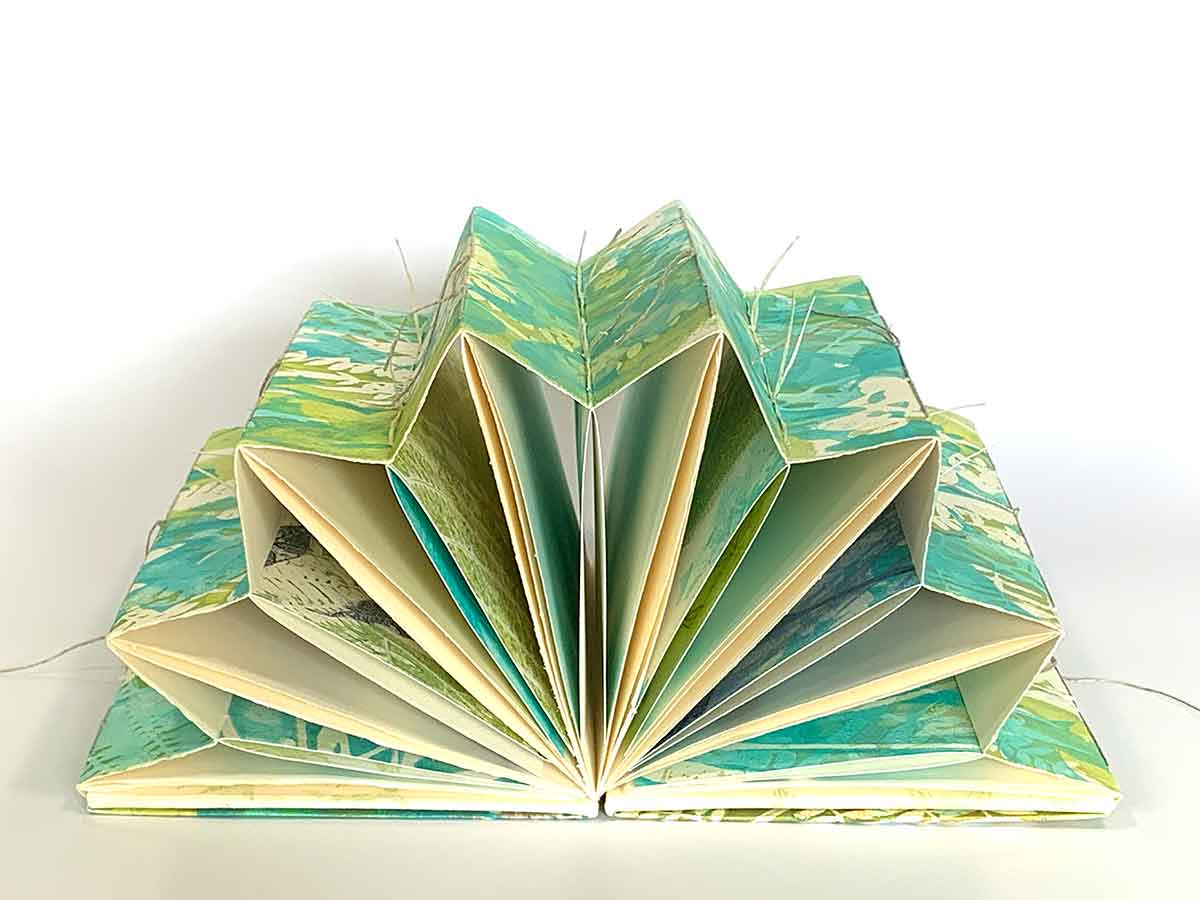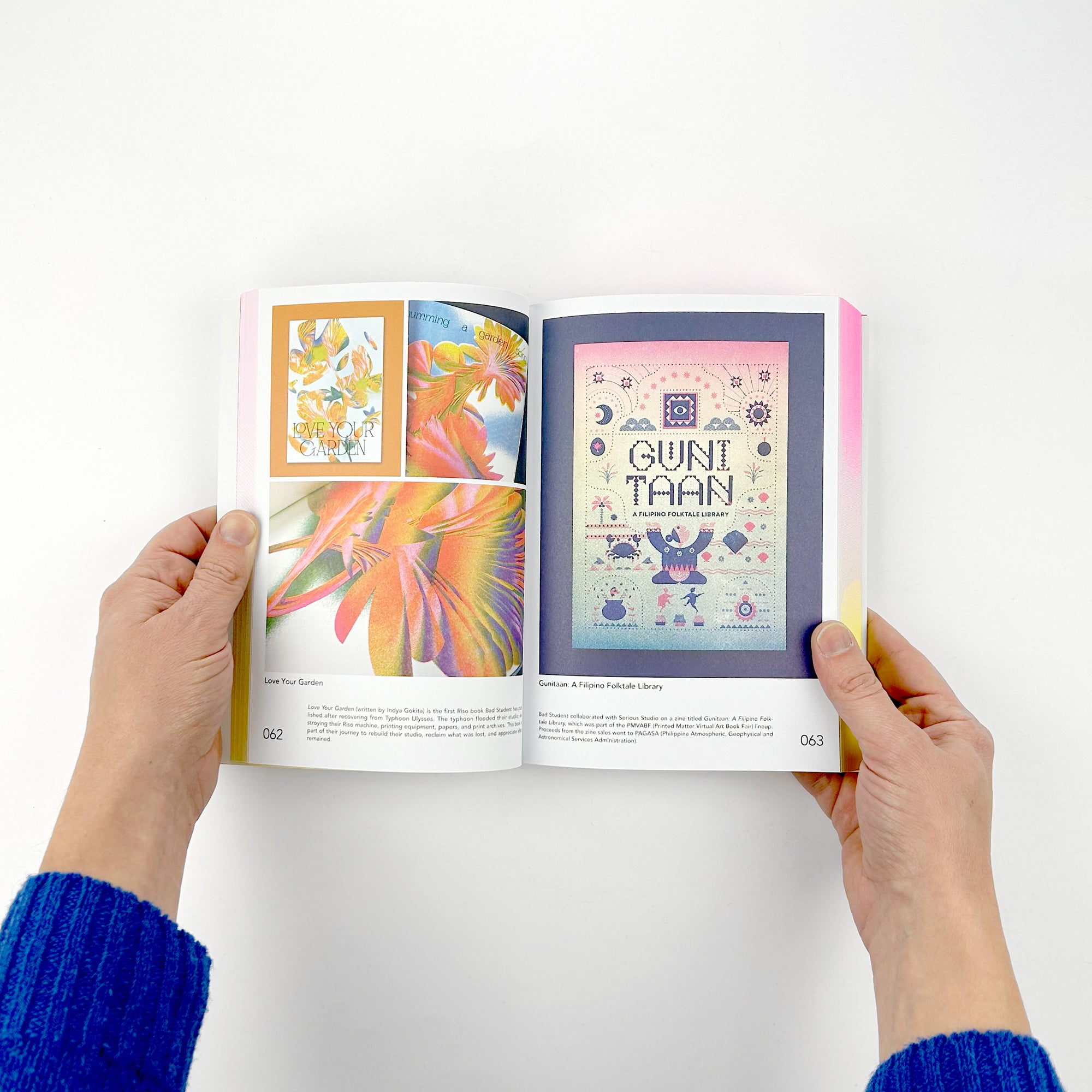Matte or Gloss: Choosing the Best Paper for Your art book
Matte or Gloss: Choosing the Best Paper for Your art book
Blog Article
Comprehending the Refine Behind High-Quality Art Book Printing for Art Fanatics
When it concerns top quality art book printing, recognizing the ins and outs of the procedure can elevate your appreciation for the last product. You could not recognize how essential paper choice and ink choices are to the vibrancy of art work. Each element plays a substantial role in accomplishing the desired impact. As you explore the different parts of art book printing, you'll uncover understandings that could change your perspective on art preservation and discussion.
The Significance of Paper Selection in Art Book Printing
When it concerns art book printing, the selection of paper can make or damage the last item. You want your art work to beam, and the appropriate paper boosts color vibrancy and detail. Take into consideration aspects like weight, appearance, and coating; these elements significantly affect just how viewers perceive your work.
For example, a heavier stock conveys high quality and longevity, while a distinctive finish can add depth to images. Smooth paper is outstanding for in-depth reproductions, permitting great lines and refined tones to show up crisp.
Do not ignore the paper's illumination; a brighter sheet can aid colors pop, making your art more captivating. You'll additionally desire to think of just how the paper connects with inks and whether it can take care of the printing procedure without contorting or bleed-through. Eventually, picking the ideal paper establishes the stage for your art, ensuring it captures the target market's focus simply as you envisioned.
Choosing the Right Inks for Vivid Recreations
Picking the ideal inks is just as essential as selecting top quality paper to achieve vibrant recreations in your art book. When you're publishing artwork, you want shades that stand out and precisely represent the initial piece. Select inks with a high pigment focus; these have a tendency to create richer and more saturated shades.
You may think about making use of archival inks, which stand up to fading with time, ensuring your art book continues to be as striking as the day it was printed. If you're dealing with photos or digitally produced art, pigment-based inks can provide a broader color gamut, enhancing detail and deepness.
Don't neglect regarding the coating! Matte and glossy inks can dramatically change the appearance of your art work, so consider the appearance you're aiming to accomplish - art book. Inevitably, the best ink selection complements your paper selection, developing a spectacular aesthetic experience for your readers
The Function of Shade Management in Print Quality
Shade monitoring plays an essential function in attaining high print quality for your art book. It ensures that the colors you see on your screen translate precisely to the published web page. Without effective color administration, your vivid artworks may appear boring or altered, undermining your imaginative vision.
To start, calibrate your screen regularly. This step assists preserve regular shade depiction. Next off, use color profiles tailored for your printer and paper type. These accounts assist the printer in reproducing colors accurately, decreasing discrepancies between digital and printed versions.
When you prepare your data, take into consideration making use of a shade area like Adobe RGB or CMYK, depending upon your printer's specs. Always proof your work, too; an examination print can disclose any prospective color concerns prior to the last run. By prioritizing color management, you guard the honesty of your art, assuring your target market experiences it as you planned.

Recognizing Various Binding Techniques
Attaining the best look for your art book exceeds color management; binding methods likewise play a considerable role in its general presentation and durability. You have a number of options to review, each with its own unique features.
If you're going for a professional feel, instance binding provides a tough choice with a tough cover, ideal for showcasing your art work. On the other hand, perfect binding supplies a flexible spinal column while maintaining costs down, making it a prominent selection for softcover books.
Spiral binding enables your art book to lay level, which is terrific for displaying images without blockage. Saddle stitching is suitable for smaller sized booklets, providing a tidy coating without the bulk.
Eventually, the binding method you pick should reflect your creative vision and just how you desire readers to engage with your work. Ensure to consider these alternatives thoroughly to accomplish the very best end result for your job.
The Influence of Publish Dimension and Layout on Presentation
While the choice of print size and design may seem secondary to material, they considerably affect just how your art work is regarded. The measurements of your prints can either boost or lessen the influence of your items. Bigger prints can attract viewers in, permitting them to value intricate details, while smaller formats might require even more intimate engagement.

Conservation Methods for Long-lasting Art Books
To assure your art publications stand the test of time, it's necessary to implement reliable preservation strategies. Begin by storing them in a great, dry setting, away from straight sunshine and humidity. This protects against fading and warping, maintaining your pages undamaged. Use acid-free storage space boxes or protective sleeves to secure them from dust and physical damages.
When handling your publications, always clean your hands or wear cotton gloves to stay clear of oils and dirt moving onto the web pages. Avoid flexing or wrinkling the spines; rather, utilize book sustains when displaying them.
For added defense, consider buying archival-quality products for any repair services or improvements. On a regular basis check your collection for signs a knockout post of wear or damage, addressing concerns immediately. By following these simple strategies, you can assure your art publications stay vivid and easily accessible for several years to find, protecting click reference their charm and value for future generations.
Collaborating With Printers for Optimal Results
When you prepare to print your art book, selecting the right printer is vital to accomplishing your vision. Clear interaction regarding your assumptions and needs will assist ensure that both you and the printer get on the exact same web page. Let's check out exactly how to make this cooperation as smooth and efficient as feasible.
Choosing the Right Printer

Effective Interaction Methods
Efficient communication is important for transforming your art book vision right into fact, specifically when collaborating with printers. art book. Begin by plainly outlining your job's objectives, including style components, preferred materials, and any type of details printing techniques. Don't be reluctant to share your ideas and helpful resources referrals; this helps the printer understand your aesthetic
Be open to feedback, as printers often have valuable insights that can boost your task. This cooperation will certainly ensure that your art book satisfies your expectations and shines in its last kind.
Often Asked Concerns
What Prevail Mistakes to Stay Clear Of in Art Book Printing?
When printing your art book, prevent common blunders like bad resolution pictures, incorrect shade accounts, and overlooking page format. Do not forget to check and verify details to confirm your end product fulfills your expectations.
How Does Digital Printing Differ From Typical Printing Techniques?
Digital printing uses electronic data to create prints directly, enabling quicker turn-around and customization. In contrast, standard techniques entail physical plates, which can be lengthy and less versatile for small runs or one-of-a-kind styles.
What Is the Typical Turnaround Time for Art Book Printing?
The common turn-around time for art book printing varies, yet you can anticipate it to take anywhere from a few weeks to numerous months. Aspects like intricacy, quantity, and printing approach all influence this timeline.
Can I Publish a Limited Edition Art Book Financially?
You can print a minimal edition art book financially by selecting economical materials, enhancing print runs, and making use of digital printing choices. Mindful planning and budgeting will certainly aid you attain quality without spending too much.
What Are the Environmental Considerations in Art Book Printing?
When thinking about art book printing, you must assume concerning eco-friendly materials, lasting inks, and energy-efficient procedures (art book). Picking neighborhood printers can additionally decrease your carbon impact, making your task both lovely and environmentally accountable
Report this page